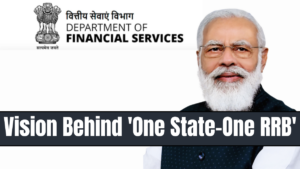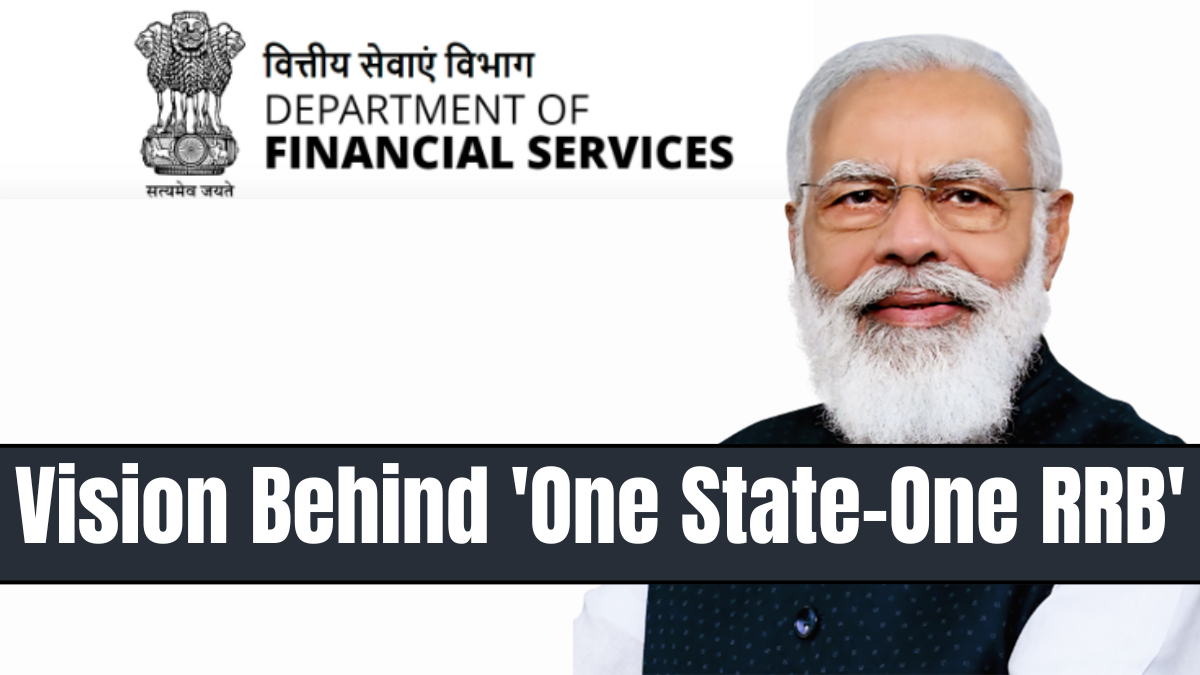The Indian Finance Ministry is moving ahead with a major transformation in the rural banking sector through the implementation of the ‘One State-One RRB’ policy. This initiative aims to enhance operational efficiency and rationalize costs by consolidating the existing 43 Regional Rural Banks (RRBs) into just 28 entities. The consolidation effort is part of a larger reform to improve the reach, resilience, and productivity of RRBs across India.

Purpose and Vision Behind ‘One State-One RRB’
The central idea behind this policy is to streamline operations and eliminate redundancy in the rural banking structure. Presently, several states have more than one RRB, often leading to overlapping services, inconsistent technology platforms, and duplication of resources. The merger aims to:
- Ensure better coordination at the state level.
- Improve operational efficiencies.
- Reduce administrative and overhead costs.
- Enhance customer service through standardized processes and technology integration.
With fewer but stronger RRBs, the government aims to provide more focused banking services to rural and agricultural communities.
Progress on RRB Consolidation in India
The consolidation process has been taking place in a phased manner. According to official sources, most of the groundwork required for the ongoing round of consolidation is complete. The fourth and final round of mergers is expected to be carried out soon. Once this is done, the total number of RRBs in India will shrink from 43 to 28.
As per the roadmap prepared by the finance ministry, 15 RRBs operating in different states will be merged during this final phase. This process will be coordinated with respective sponsor banks and state governments to ensure smooth implementation.
Expected Benefits of RRB Mergers
The strategic merger of RRBs under this policy is expected to yield multiple benefits:
- Economies of Scale: Larger banks will enjoy cost advantages in procurement, technology deployment, and infrastructure.
- Unified Technology Platforms: A single core banking platform across the state will simplify IT management and improve data integration.
- Streamlined Governance: With fewer entities to oversee, governance and supervision from sponsor banks and regulators will become more effective.
- Customer Convenience: Customers will benefit from more accessible and standardized services across all branches of the merged entity.
- Enhanced Lending Capacity: Consolidated RRBs will have higher capital bases, enabling them to offer larger and more diversified loans.
Challenges and Considerations
Despite its benefits, the consolidation drive also presents some challenges:
- Staff Integration: Merging work cultures and aligning HR policies may take time.
- Operational Transition: Migrating data and processes to unified platforms could pose technical risks.
- Stakeholder Resistance: Resistance from local management, employees, or customers may arise due to regional identity or operational concerns.
The government has acknowledged these potential hurdles and is working closely with stakeholders to ensure a seamless transition.
Future Outlook for Rural Banking in India
The ‘One State-One RRB’ policy is seen as a long-term structural reform for rural banking in India. By reducing fragmentation in the RRB space and fostering robust institutions with regional focus, the government seeks to:
- Boost financial inclusion.
- Improve rural credit penetration.
- Encourage digital adoption among rural customers.
This strategic move is in line with India’s goal of building a financially inclusive and resilient rural economy.
FAQs
What is the ‘One State-One RRB’ policy?
The policy aims to consolidate all RRBs in a particular state into a single entity to enhance efficiency, reduce duplication, and improve service delivery.
How many RRBs will be left after the consolidation?
Once the ongoing phase of consolidation is completed, the number of RRBs in India will be reduced from 43 to 28.
Which ministry is handling this consolidation?
The consolidation process is being managed by the Ministry of Finance, in coordination with sponsor banks and state governments.
What are the expected benefits of RRB mergers?
Key benefits include improved operational efficiency, reduced costs, better customer service, and increased lending capacity.
Are there any risks or challenges in this process?
Yes, challenges include managing staff integration, handling technology migrations, and addressing resistance from stakeholders.
When is the final round of consolidation expected?
The fourth and final round of RRB consolidation is expected to take place soon, as most preparatory work has already been completed.
Click here to know more.
Aanchal is a passionate writer with a keen interest in storytelling, content creation, and creative expression. She enjoys exploring diverse topics and crafting engaging narratives that captivate readers.

